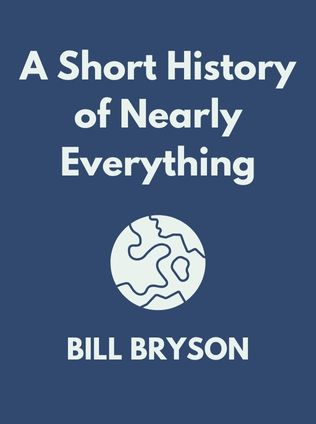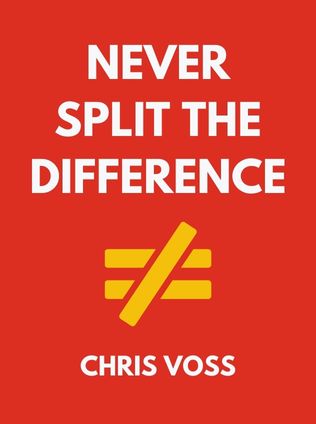
User Friendly
How the Hidden Rules of Design Are Changing the Way We Live, Work, and Play
By Cliff Kuang and Robert Fabricant
Published 11/2019
About the Author
Cliff Kuang and Robert Fabricant are two highly influential figures in the field of user experience (UX) design. Kuang, a UX designer at Google, has a rich history as a journalist and editor for leading publications like Fast Company and Wired. His work often explores the confluence of technology, design, business, and culture, making him uniquely equipped to examine the evolution of user-friendly design. Kuang's journalistic background gives him a deep understanding of how technology shapes, and is shaped by, societal trends.
Fabricant, co-founder of Dalberg Design—a global design firm focused on social impact—has extensive experience working with companies like Frog Design and Praekelt, where he specialized in user experience design for mobile platforms. His work is grounded in the principles of human-centered design, a philosophy that prioritizes the needs and experiences of users in the design process. Together, Kuang and Fabricant bring a wealth of knowledge and insight into the discussion of how user-friendly design has evolved and its implications for the future.
Main Idea
User Friendly is a comprehensive exploration of the concept of user-friendly design, tracing its historical evolution and examining its impact on modern technology and society. Kuang and Fabricant argue that while user-friendly design has made technology more accessible and integral to our daily lives, it has also led to unintended consequences, including addiction, privacy concerns, and a decline in meaningful human interactions. The authors call for a rethinking of design principles to ensure that technology serves to enhance human well-being rather than undermine it.
Table of Contents
- The Evolution of User-Friendly Design
- Components of User-Friendly Design
- Negative Consequences of User-Friendliness
- Making Technology More Humane
- Conclusion
The Evolution of User-Friendly Design
Understanding the impact of user-friendly design requires a journey through its historical development. Kuang and Fabricant identify three critical periods that shaped the concept:
The Birth of Industrial Design
The 1920s marked the beginning of industrial design in the United States, driven by a demand for more ergonomic and functional household products. This period coincided with the rise of first-wave feminism, as women, newly empowered by the right to vote, sought tools that would reduce the burden of domestic chores. Manufacturers, recognizing this demand, began prioritizing functionality and efficiency in their designs, linking business interests with social progress. The economic pressures of the Great Depression further fueled innovation, as companies sought to create products that would attract consumers despite the financial hardships of the time.
During this era, the emphasis was on making everyday tasks easier and more efficient, which required a deep understanding of the users' needs and experiences. This focus on ergonomics and human-centered design set the stage for the development of more complex user-friendly technologies in the decades to come.
World War II and User-Friendly Innovation
The next significant period in the evolution of user-friendly design came during World War II, when the need for user-friendly military devices became critical. The war created a demand for complex machines that could be operated by soldiers under extreme stress, often with minimal training. This necessity led to a shift in thinking about design: user errors were increasingly seen as design flaws, prompting engineers to focus on creating intuitive, easy-to-use equipment that aligned with human limitations.
This period also marked the beginning of what we now call "human factors engineering," a discipline focused on designing systems and devices that accommodate human capabilities and limitations. The goal was to create technology that could be used effectively and safely by a wide range of people, even in high-pressure situations. This approach to design had a profound impact on the development of user-friendly technology, influencing not only military equipment but also consumer products in the post-war era.
The Silicon Valley Boom
The third major wave of user-friendly design occurred during the rapid expansion of the tech industry in the 1970s and ’80s. Companies like IBM and Apple were at the forefront of creating personal computers that the average person could use. The introduction of digital metaphors, such as the desktop and recycling bin, helped bridge the gap between the physical and digital worlds, making technology more accessible to non-experts. These innovations played a crucial role in shaping the modern landscape of user-friendly design, and their influence can still be seen in today's digital interfaces.
During this period, the focus was on making complex technologies—such as personal computers—accessible to a broader audience. This required not only technological innovation but also a deep understanding of how people interacted with these new tools. Designers had to create systems that were not only functional but also intuitive, helping users navigate the digital world with ease. The success of companies like Apple and IBM during this time can be attributed in large part to their commitment to user-friendly design, which made technology more accessible and appealing to a wide range of consumers.
Components of User-Friendly Design
Kuang and Fabricant identify several key components that define user-friendly design, each contributing to the overall experience and effectiveness of a product. These components are essential for creating technology that not only meets users' needs but also enhances their lives.
Sign up for FREE and get access to 1,400+ books summaries.
You May Also Like
How To Win Friends and Influence People
The All-Time Classic Manual Of People Skills
By Dale CarnegieQuiet: The Power of Introverts
The Power of Introverts in a World That Can't Stop Talking
By Susan CainFactfulness
Ten Reasons We're Wrong About the World – and Why Things Are Better Than You Think
By Hans Rosling



















